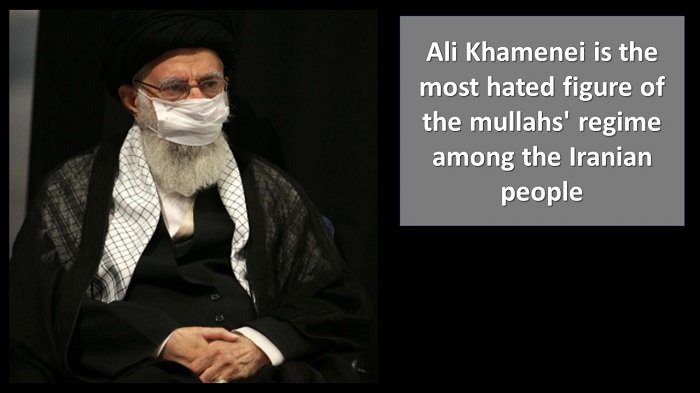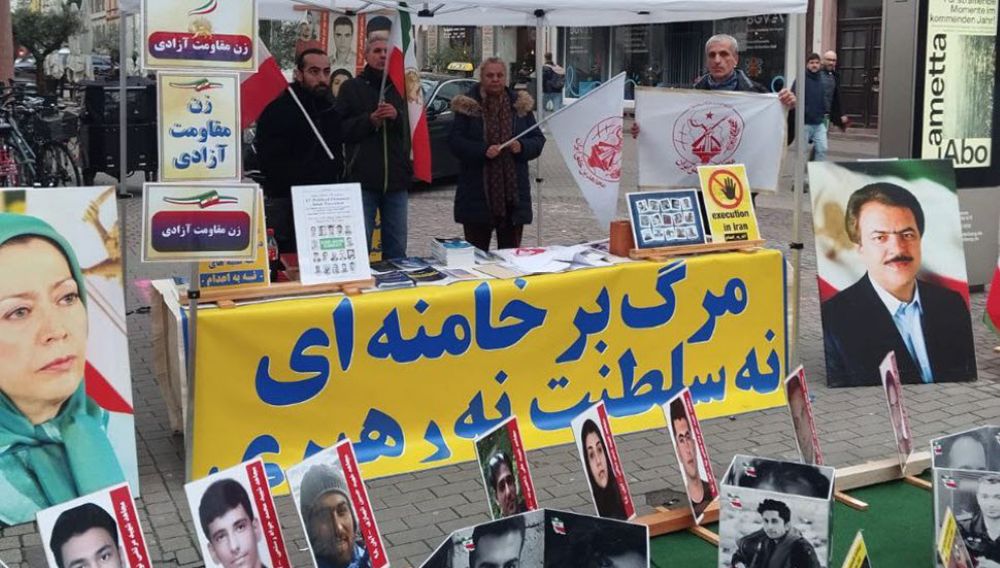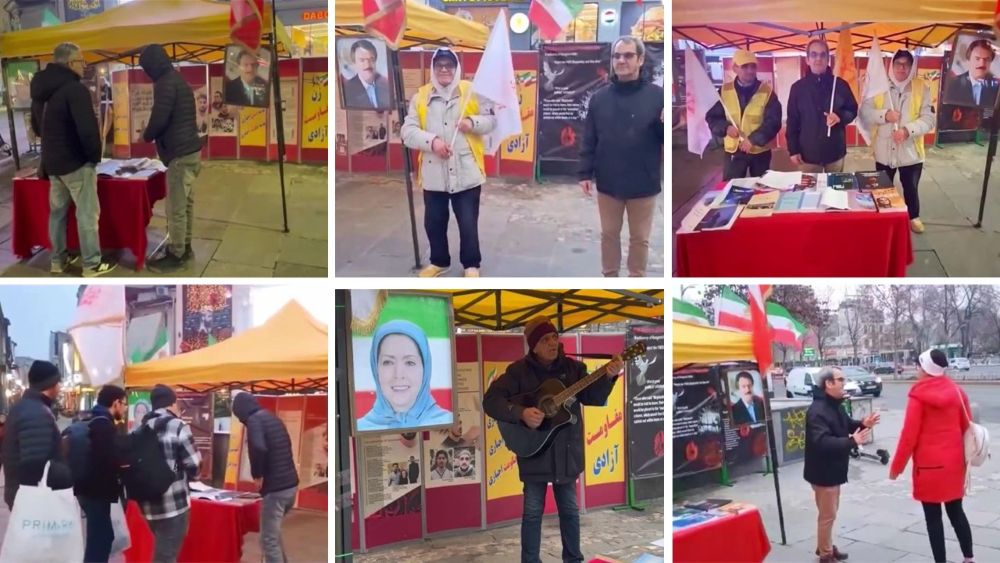
Iran; Impatient for change
The uprisings of recent years have left a profound and lasting impact on the social and political arenas. Why? Ali Khamenei, the supreme leader of the mullahs’ regime, has failed to gain the people’s trust by abusing religion and has become the focus of social hatred.
Iranian society wants to change; the solutions of the regime’s experts are to control the same uproar.
“In politics, the political system needs to be reformed when it faces a crisis of legitimacy,” said Amir Khorram, a regime expert. “That is, it has lost its general popularity and goes beyond the rise and fall of the government and encompasses the entire political system.”
The root of looting and repression in Khamenei’s office
The main address is looting and repression of people by Khamenei’s office. In the Ebrahim Raisi administration, those affiliated with Khamenei‘s office have been able to take positions.
As the state-run Arman newspaper wrote about the gangs’ fight for power and the theft and looting of more people, “The problem is rooted and has nothing to do with this institution or that institution and this current or that current.”
“The essence of the fight is why I can’t get my daughter, my sister, my son, etc., into a high-paying job.”
They must seek the root in Khamenei’s office and those around him.
Voices within the mullahs’ regime
For example, Safi Golpayegani, a government religious authority, met with Mohammad-Bagher Qalibaf, the speaker of the regime’s parliament, to protest, saying that interaction with countries around the world was necessary.
Khamenei, who thought that by bringing Ebrahim Raisi to power as President and pursuing the policy of contraction he could consolidate his rule and overcome the crisis of overthrow, has now reached a dead end, and the pressure of society on the religious authorities of the government in Qom, has forced them to confront Khamenei.
Continuation of protests
The existence of uprisings and protests in most cities show the same gap between the society and the Velayat-e-Faqih (supreme religious rule) system. Examples such as:
Protest rallies of regime judiciary employees to receive salaries in 40 cities.
Protest rally of “Isargaran” (war-wounded Basijis) in Tehran.
Teachers across the country protested in front of the parliament on Saturday, October 30, 2021, chanting slogans: “We heard many promises but did not see justice.”
Khorramshahr Municipality workers protested with the slogan “Where are the workers’ rights?”
The strikes and protests of the miners in Ravar Kerman and other protests of the deprived and lower classes that we face every day.
Khamenei is facing a great uprising, whether with increasing the price of gasoline or without increasing the price of gasoline or with the strategy of losses through the spread of the coronavirus or without the coronavirus, whether with the exchange rate of 4,200 tomans per US dollar or without the 4,200 toman rate.
An uprising is inevitable. In a society ready for change, such as Iran, time and space will act as two surprising elements for Khamenei, like a hammer and an anvil.
The question is, can Khamenei get out of these crises? Or is he in a deadly impasse?
The answer is clear, Khamenei is unable to escape the fate of his regime.



